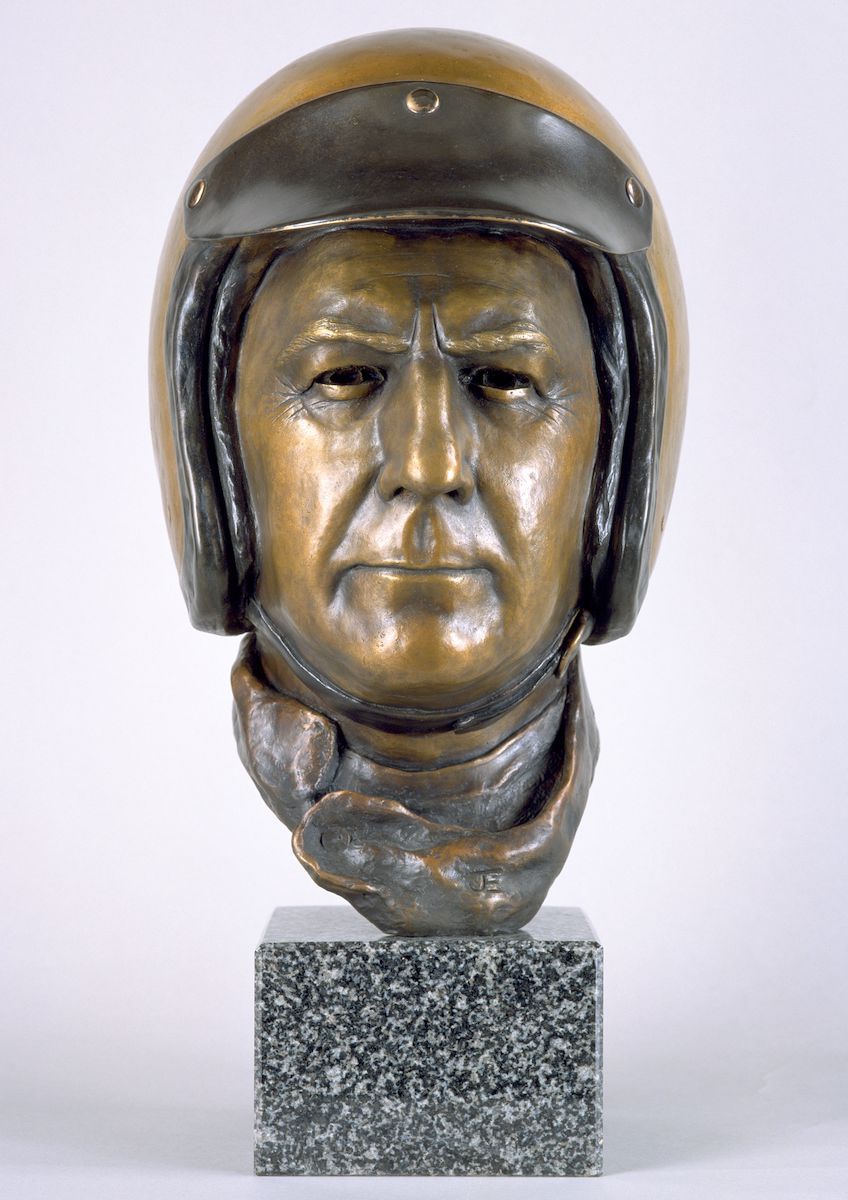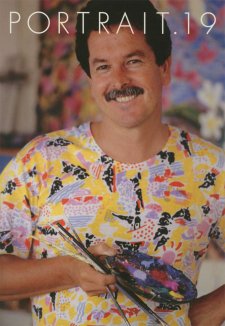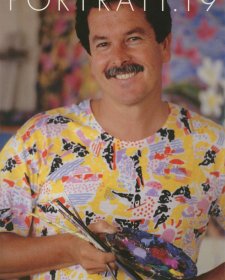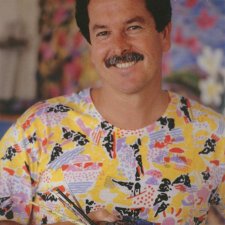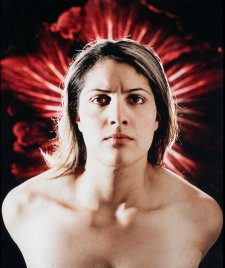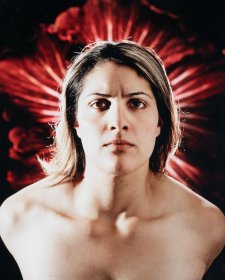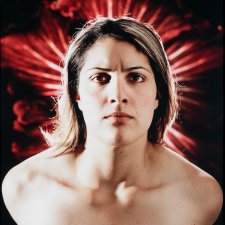Sir John Arthur (Jack) Brabham OBE celebrates his 80th birthday this year on the 2nd April. Perhaps the secret to his longevity is his distinctive approach to the sport of motor racing.
‘I treated driving with respect’ Brabham commented to the author, ‘a lot of people lost their lives in those days and I didn’t want to be one of them. I drove within my capability and didn’t stretch too far. I kept it under control doing the best with the equipment I had and getting to the finishing line in the slowest possible speed.’
Born in Hurstville, Sydney in 1936, Brabham attended Kogora Technical School and completed his apprenticeship in motor mechanics. After server in World War I he started his own engineering workshop building and racing midget cars. He switched to touring cars in 1952 and joined the Formula One circuit in Europe in 1955, quickly winning a place on the Cooper team. This partnership resulted in Brabham’s first two World Championship titles in 1959 and 1960.
Of this time Brabham said ‘Cooper built strong motors and their steering wheels always stayed connected but in general accidents tended to happen when cars failed.’
Wanting to minimise the risks of racing by knowing the mechanic capability of his car Brabham established his own racing car factory and began designing cars in collaboration with Repco in Australia. From 1963 his cars were Repco-Brabhams and in 1966 he won the World Championship for the third time. This victory was a highlight in Brabham’s life and he considers it his best achievement – the first to win the title with an engine of non-European origin. He is proud to have achieved this for Australia and was rewarded for his efforts as Australian of the Year in 1966 for his contribution to the motor racing industry. Brabham retired from the race track in 1970 at the age of 44 years and pursued interests in the racing car industry and aviation. In 1979 he was knighted. His three sons Geoff, Gary and David have pursued professional racing careers. Brabham’s racing writings include Illustrated Motor Cars of the World, When the Flag Drops, and The Jack Brabham Story.
The bronze sculpture by Julie Edgar acquired by the National Portrait Gallery with funds from L Gordon Darling AC CMG reflects through both the material and representation the determined and straight-forward nature of Brabham. This is Brabham in 1966 when he won his third World Championship, the time Brabham is most proud of his achievements. He is wearing a gold helmet representing the green and gold colours of Australia and artist Edgar was delighted to include it for its dramatic effect in bronze.
Representing a subject from a different era creates a challenge for any artist and Edgar’s approach was to take contemporary measurements and photographs and then trim back the years to produce a dynamic portrait from the past.
Brabham travelled successfully in the fast lane in motor racing for Australia but in his own words he said ‘I always knew when to lift my foot’.
